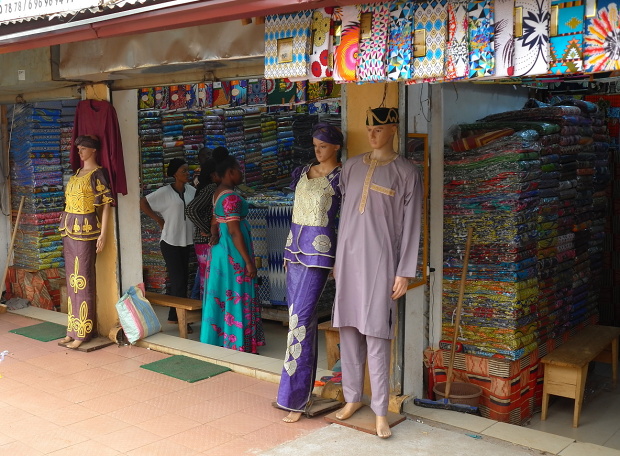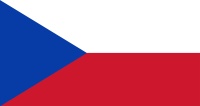People
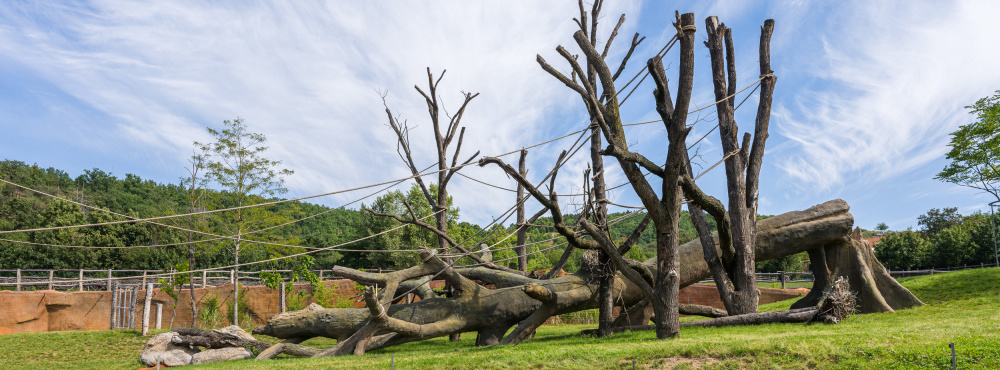
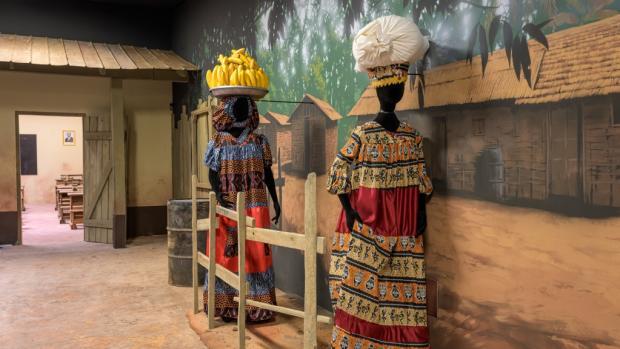 Mannequins dressed in fabrics brought from Africa. Photo: Petr Hamerník, Prague Zoo
Mannequins dressed in fabrics brought from Africa. Photo: Petr Hamerník, Prague Zoo
Cameroon is home to around 29 million people (as of 2025). Its population is made up of some 250 different ethnic groups, each with its own language or dialect.
Each of these peoples still preserves its traditions, which often manifest in everyday life. The presence of ancestral spirits is an unquestioned part of everyday life, and the practice of witchcraft intended to cause harm can result in a fine or even up to ten years’ imprisonment under Cameroonian law.
As diverse as its population is Cameroon’s culture. Beyond its famous masks, vibrant clothing—worn by both men and women—is also an integral part of local identity.
The colourful fabrics used to dress our “village women” were purchased directly at a Cameroonian market. Throughout Central and West Africa, these brightly patterned textiles remain immensely popular despite the influence of Western fashion, though patterned clothes are more commonly worn by those living outside major cities, and especially by women.
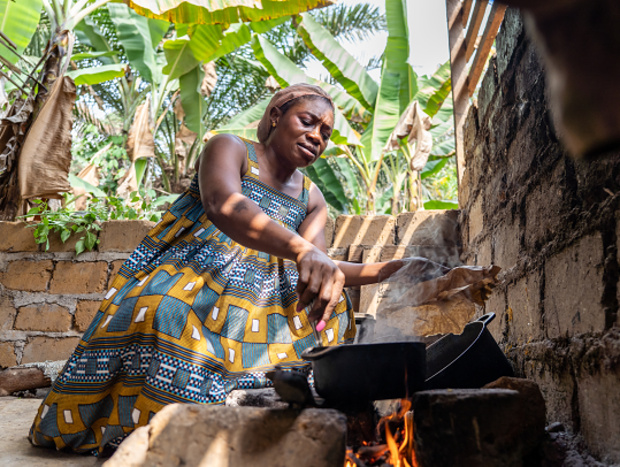
A woman in Cameroon preparing a meal. Photo: Oliver Le Que, Prague Zoo
Traditional fashion
The fabrics are dyed using a special wax-resist dyeing technique known as the African wax print. This method, however, did not originate in Africa. In colonial times, Dutch merchants introduced cotton cloths printed with bold patterns inspired by batik techniques in Indonesia. Applying wax and then dyeing the fabric produces cloth with vibrant patterns on both sides of the fabric.
African wax print fabrics are therefore not truly traditional in the strict sense—they first reached Africa in the late 19th century, with designs created by British and Dutch companies. Even today, most of these textiles are imported into African markets from Asia or the Netherlands.
Clothes shop in Yaoundé. Photo: Miroslav Bobek, Prague Zoo
Yet, despite this history, the cultural significance of these bright clothes endures. Even people who usually wear Western-style dress will put on vividly patterned garments for special occasions. Throughout sub-Saharan Africa, where clothing has never been dictated by climate alone, decorated fabric has always been a powerful symbol. Some patterns were once reserved exclusively for kings. Even today, wearing bright, bold patterns is often a way to express one’s roots and cultural identity.
ZOOPRAHA.CZ
Contacts
- The Prague zoological garden
U Trojskeho zamku 120/3
171 00 Praha 7
Phone.: (+420) 296 112 230 (public relations department)
e-mail: zoopraha@zoopraha.cz
Others


